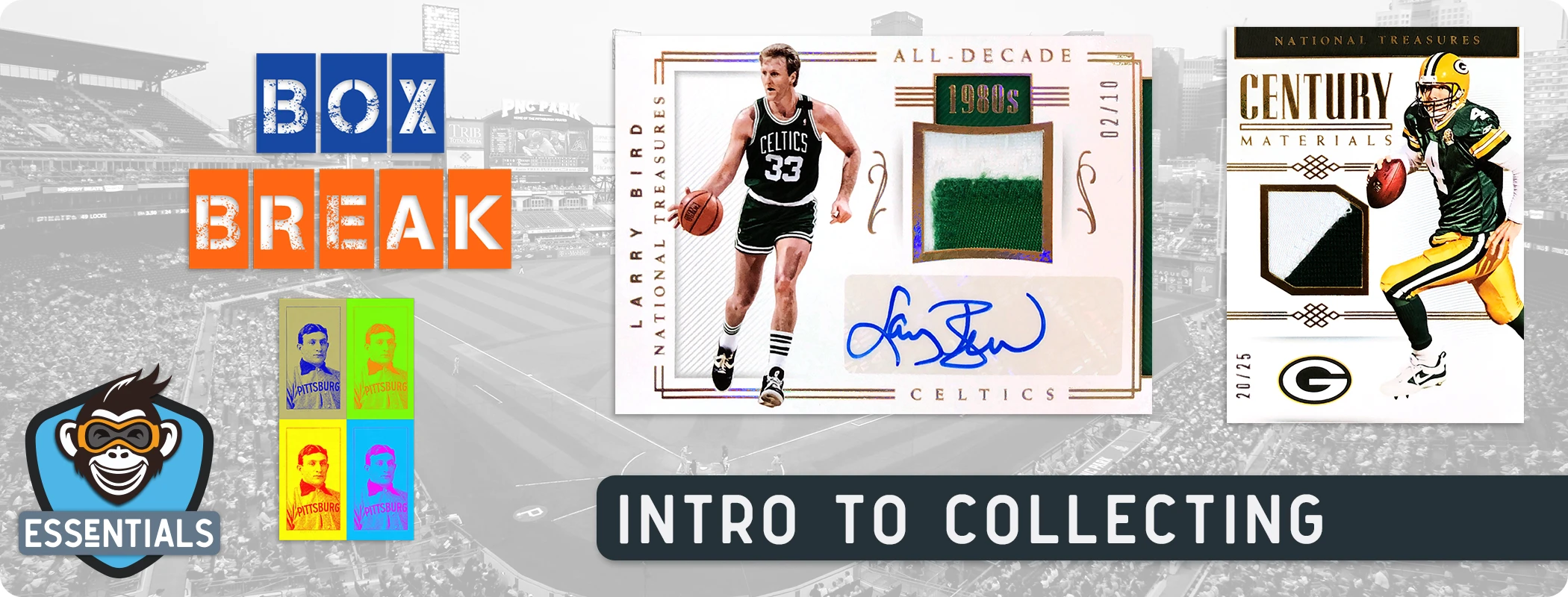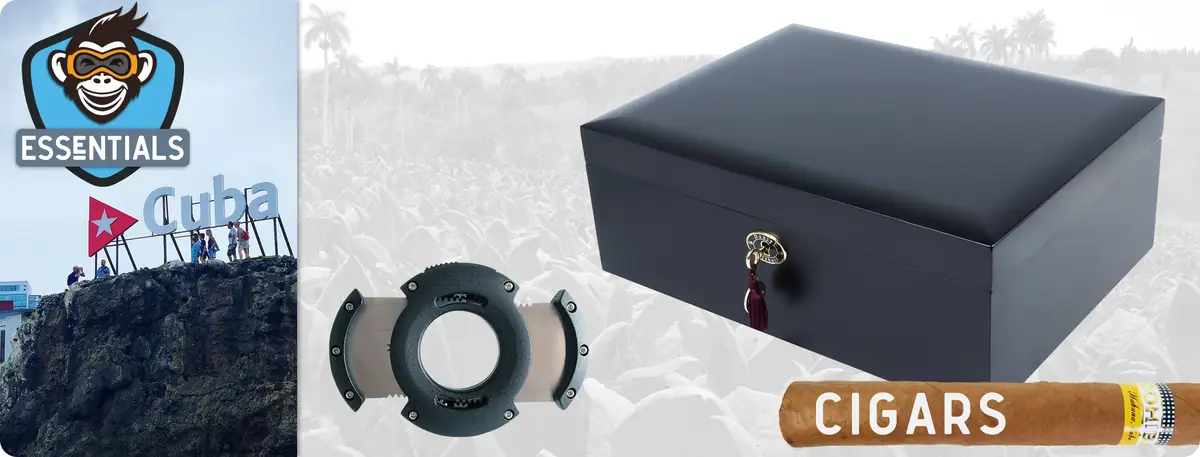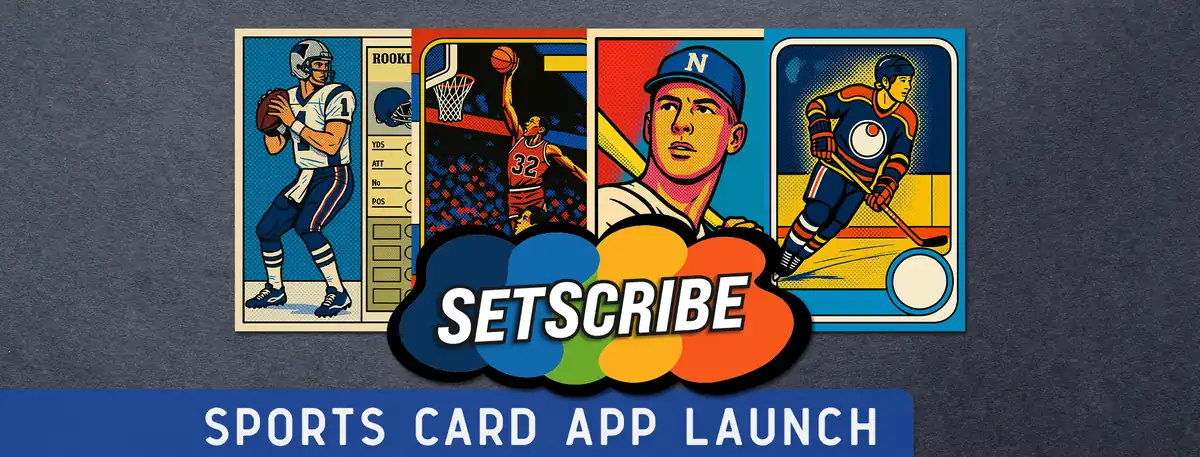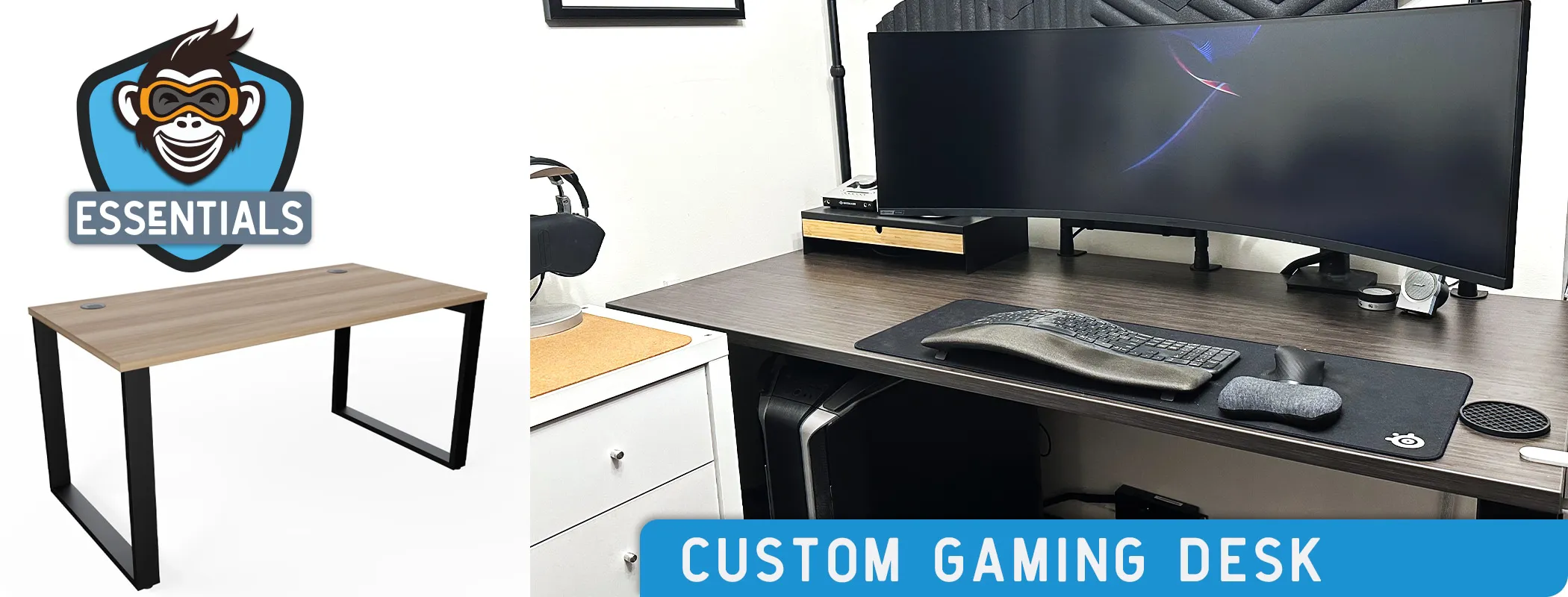
Intro To Sports Card Collecting
Today, we’re looking at what I think is one of the greatest hobbies of all-time. Now, I’m a little bit biased since I’ve been collecting baseball, football, hockey, and basketball cards since I was four years old – but there’s a reason for my bias: this hobby is fun, exciting, and can even lead to some real financial gain.
This article is going to be a brief overview of the hobby with some of the key points of which to be aware, and some links for deeper learning. We hope you enjoy! And if you really love what you see please join us at the National Sports Collectors Convention this summer – it’s a blast, and we’ll be on-site doing some interviews.
BACKGROUND
Originally, the idea of sports cards came from promo items that were distributed by tobacco companies to promote their brands – for a unique example of this check out the story of the T206 Honus Wagner which has sold multiple times for several million dollars.
After WWII the card collecting game became more mainstream when Bowman launched their baseball cards in 1948 and Topps came on the scene in 1951. After a long period of sole dominance, Topps had some competition in 1981 when Donruss and Fleer came onto the scene. And then, in 1989 Upper Deck upended the market – and you can read a great story about that here.
INSERT CARDS
In the early days of collecting, you only had ‘base cards’ to collect – those are standard cards that feature players in their uniforms and are typically numbered so you can collect all of the cards more easily. In the 80’s and 90’s though, that changed with a variety of ‘insert cards’. These range from limited edition cards, cards with game used memorabilia inserted into the cards, and even autographs from your favorite players.
Here are some different types of insert and special cards to look out for.
Jersey and Memorabilia
One of the coolest things to ever happen to cards was the inclusion of actual game used memorabilia and jerseys into the cards themselves. Now, you can own a trading card with a piece of jersey, cleats, and more that were actually used in games - and even some really strange memorabilia.
Autographs
On top of jerseys and other memorabilia, many cards now have autographs of the players right on the front of the card. Plus, some cards even include both. Cool, right?
Rookie Cards
The first card that is released in a card series of a particular player is known as a rookie card. They tend to be very valuable cards of those players and are highly sought after. And you know what? Some rookie cards even have jerseys and autographs in them – and those tend to be valued unusually high.
Other Inserts
There are also limited issued cards that are numbered, unique art cards, and chrome and/or refractor versions. These aren't as popular as they used to be, but you can still find some really valuable cards this way.
PRICE FACTORS
Player
The biggest factor in card pricing is the player being featured. It doesn't matter if you have a Gem Mint card if it's of JaMarcus Russell or LeBron James. Make sure you add some value to the card if it's a rookie (the first licensed card of that player).
Condition
The second biggest factor is the condition of the card. Again, it doesn't matter if you have one of those Exquisite Collection rookie cards of LeBron if you leave it outside in the rain.
Scarcity
It's also important to know how many of a certain card are out there. If it's a limited run, a short print, an error with only a few cards created, or a graded card with a low count it all adds to the value.
Jersey / Autos
Now, if all the above are true and you also add in a Jersey and/or Autograph to the card? Now you're talking some big bucks.
READY TO COLLECT?
Card Store, Shows, and Flea Markets
If you've never been to a card show or flea market you should definitely check it out. There are some great people that attend, and even if you don't buy all the cards you see, you can check out what's hot in the hobby. Start your search for a good card dealer here and they'll usually have great info on the local shows.
Chain Stores
You can still purchase packs at places like Wal-Mart and Target, but they are usually known as "Retail" boxes instead of "Hobby" boxes. And that means they tend to have less valuable cards - plus, you miss out on the great conversations you'll have at shows and with store owners.
PRICING
If you're looking for prices there are a few ways to see what your cards are worth: you can subscribe to Beckett which gives you approximate values, you can check eBay to see what your cards are selling for, or you can just sell them. A card is only worth what someone will pay, and sometimes you'd be surprised at how high that can be.
FINAL WORDS
I truly love this hobby, and I think you probably will as well. You know why? Because it's fun and there's real excitement when you open a pack with your favorite player inside. Check out the video below to see what happens when I pull a jersey card of my favorite player ever, and then go buy yourself some packs. And actually, every card popup that I included in this article was pulled from the boxes of Panini cards you'll see in the video. You've made it this far in the article - you may as well try the hobby out for yourself. Good luck on your first box break! Let us know how it goes.
The Card Break Video
About the Author

Ray is the founder of Stray Monkey, and as a shameless plug he wants to remind you to check out the SetScribe sports card collection app.
Share This Article
 Check These Out
Check These Out
Content not available. Please disable site blocker to view.
About Stray Monkey
Stray Monkey is your source for entertainment, travel, and lifestyle content that's a little off the beaten path.
Learn more about us








